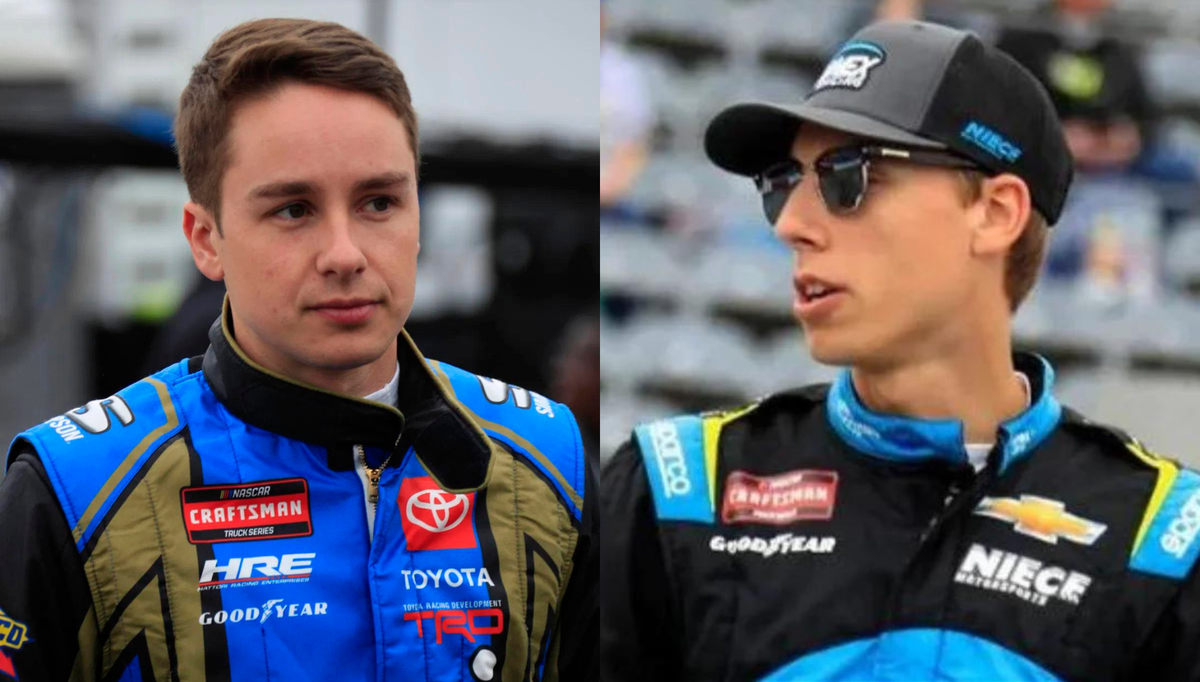

Christopher Bell entered the 2025 playoffs with plenty of optimism, and for good reason. The Joe Gibbs Racing driver has been one of the steadiest performers all season long, keeping himself in the mix with consistent top-10s and flashes of race-winning speed. While he came up short in the regular season championship battle, Bell’s form made him a dark-horse favorite for a deep postseason run.
Watch What’s Trending Now!
At Darlington, the opener of the playoff grind, he rolled off seventh on the grid (third among the Gibbs stable), setting himself up for what looked like a promising night. But instead of making headlines for his pace, Bell found himself tangled in a pit road controversy that had insiders pointing fingers not at drivers, but at the men atop the pit box.
ADVERTISEMENT
Pit-road chaos at Darlington leaves Christopher Bell fuming
Christopher Bell’s night at Darlington unraveled long before the checkered flag. But not out on the track. The Joe Gibbs Racing driver looked strong early, running inside the top 10 and battling for position when late-race caution shuffled the field. Bell’s No. 20 was in play for stage points and track position until a caution on Lap 152 changed everything and sent him into a pit-road nightmare.
That caution was triggered when Carson Hocevar spun, drew the yellow, and cycled the field toward pit road. As the pack scrambled, Bell left his box and made his way toward the pit exit, only to get tagged when Hocevar rejoined the pit lane. Bell’s right front sustained damage that forced an extra stop and essentially ruined his night.
Bell limped to a 29th-place finish and left the media center livid. Bell was blunt afterward, saying the contact “ruined my night,” and pointing at both Hocevar’s team and his own crew for the breakdown. But insiders say the blame isn’t just one driver’s release. Spotters and veteran crew chiefs argued the real failure was in communication.
ADVERTISEMENT
“The rightaway usually is the guy in the box,” veteran Freddie Kraft explained on the Door Bumper Clear podcast. He means that the car that’s stopped in the pit lane typically gets priority when traffic is tight. If the car that caused the caution (Hocevar) was going to be the last one to pit, it should’ve been obvious who needed to yield. When those conversations don’t happen, chaos follows.
TJ Majors and Tommy Baldwin echoed the same diagnosis. This was a crew-chief, spotter, and pit-box coordination failure, not purely a driver mistake. Baldwin stressed that pre-race and in-lap communication (eye contact, signals, and a plan) is how the three cars in a pit zone avoid wrecking each other. “If they didn’t talk, it’s on them,” he said.
ADVERTISEMENT
The clear takeaway: in tight pit-road windows, the chain of command runs from the crew chief/spotter down to the driver. And when that chain snaps, it’s costly. Darlington’s incident will spark more debate: was Hocevar reckless, or was Bell released into an unsafe gap?
The short answer most insiders give is that both teams dropped the ball. Now the focus turns to procedures. Can better radio discipline and clearer pit-box protocols prevent the next playoff-ending mess? With margins this thin, one missed call in the pits can erase a month of hard work.
Top Stories
‘RIP’: NASCAR World Crumbles in Tears as 39-YO Former JR Motorsports Driver Passes Away
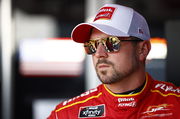
Dale Jr’s Former Driver’s Death Devastates NASCAR Garage as Brad Keselowski Shares Heart-Ripping Tribute

55-YO NASCAR Driver’s Untimely Death Shatters Racing Community
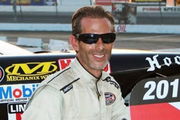
France Family’s ‘Financial Deception’ Spilled Out in the Open as RTA Memo Exposes the ‘49%’ Lie
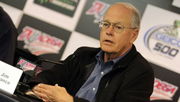
Jimmie Johnson & Co. Robbed of Millions as Court Exposes Disastrous Fallout of Jim France’s ‘No Bueno’ Decision
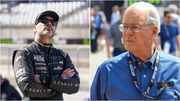
ADVERTISEMENT
Christopher Bell lays blame on pit-road missteps rather than Carson Hocevar
Christopher Bell’s frustration after Darlington didn’t end with a 29th-place finish. Rather, it continued in the pits. In a pointed post-race interview, Bell didn’t accuse Carson Hocevar directly of malice, but laid responsibility squarely at the feet of Hocevar’s crew. “I don’t really give blame to Carson,” Bell clarified. “I think it’s more on his team to not let him know the circumstances… He just spun, brought out the yellow… and he didn’t give way, and he ruined my night.”
Bell’s reasoning was clear and grounded. Hocevar was the one who caused the caution that led to the pit-road chaos. He argued that once Hocevar drew the yellow, it was all but predictable he’d be out of sync with the field. “If he was tucked up to the field, he should have been in his pit box,” Bell said.
“That tells us that he was … not racing anybody on pit road.” In boiling terms, Bell was sitting in a playoff car, primed for an aggressive strategy, but found himself blocked by a driver older than the field and without positional urgency. That’s what infuriated him.
ADVERTISEMENT
Importantly, Bell’s post-crash cool-down acknowledged that Hocevar was executing based on instructions: “He’s just doing what he’s told, right? … if it is a competitive stop, then it’s on us to get out.” But once the helmet came off, Bell pressed that the team’s responsibility included clearer radio directives specifically telling Hocevar he was on an “island” with playoff contenders around him. He lamented that those instructions didn’t come.
This takes the blame away from emotional, surface-level reactions and places it on structured execution that falls on crew chiefs and spotters. In the crucible of playoff racing, where every cut lap and pit decision counts, miscommunications like that don’t just cost positions. Instead, they can crumble entire strategies.
ADVERTISEMENT
ADVERTISEMENT
ADVERTISEMENT

